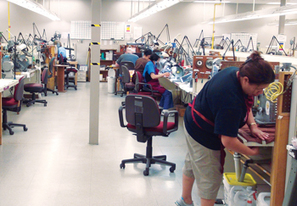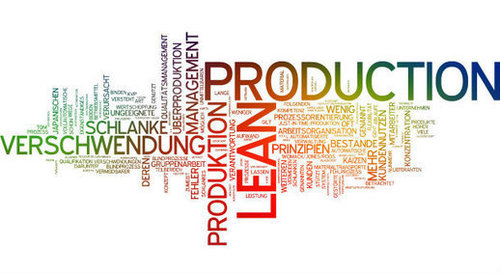Sep 28 2013
Does This Man Look Efficient? | Businessweek
See on Scoop.it – lean manufacturing

Toyota will scratch at tenths of a second to bring down “takt time,” what it takes to complete a single step in a process…”
The coverage of Lean in the mainstream press often turns into a collection of strange statements of this kind.
What does it mean that only the last quarter turn of the nut adds value? The gas cap on my car is fastened with just a quarter turn, but the nuts that hold the engine together are not. When you tighten a nut, force is applied to the entire length of the thread, which makes running down the nut about as “wasteful” as prepping a surface before painting it.
That Business Week’s editor only pays the author for completed articles does not mean that the work of writing them is waste. Customers, generally, are no authority on the process to make what they buy. If you sell something, it’s your job to figure it out. There is what you need to do, and what you don’t. If you need to do it, it’s not waste; if you don’t, it is.
And Takt time is not what it takes to complete a single step in a process! it is a common misconception but it completely misses the point of producing to takt. For a weekly magazine, the takt time is one week.
See on www.businessweek.com





Sep 28 2013
Pathways to high performance | Manufacturers’ Monthly
See on Scoop.it – lean manufacturing
“The High Performance Consortium LTD (HPC), a not for profit organisation, facilitates groups of up to 12 non-competing businesses to undertake a program that incorporates events, site visits, coaching and facilitated peer-to-peer forums.”
This is similar to supplier groups as organized in Japan: non-competitors helping each other improve performance through joint projects. In this case, it appears to be organized directly by the participating companies, rather than by a common customer.
See on www.manmonthly.com.au
Share this:
Like this:
By Michel Baudin • Press clippings 0 • Tags: Consortium, Non-competitors